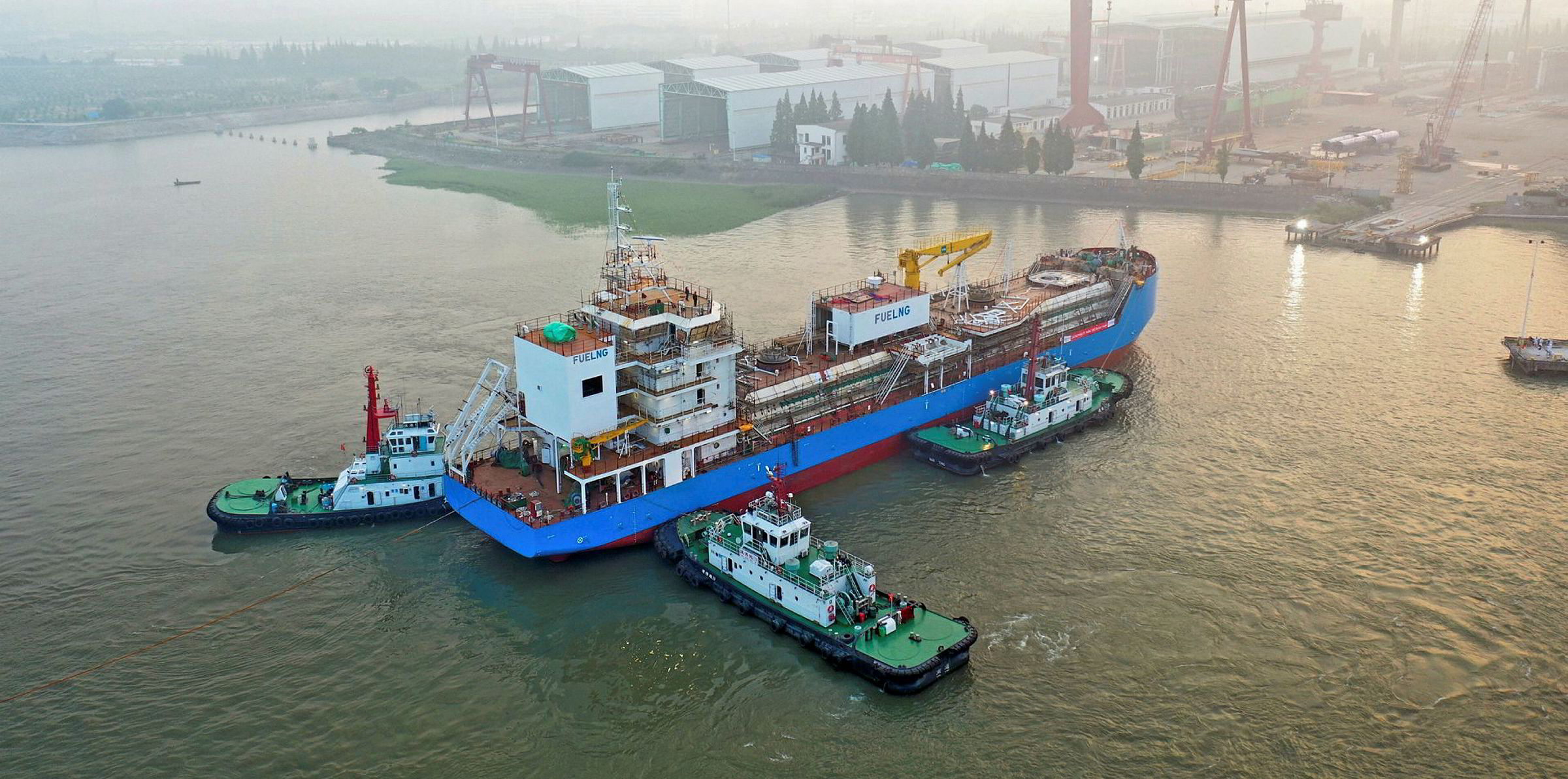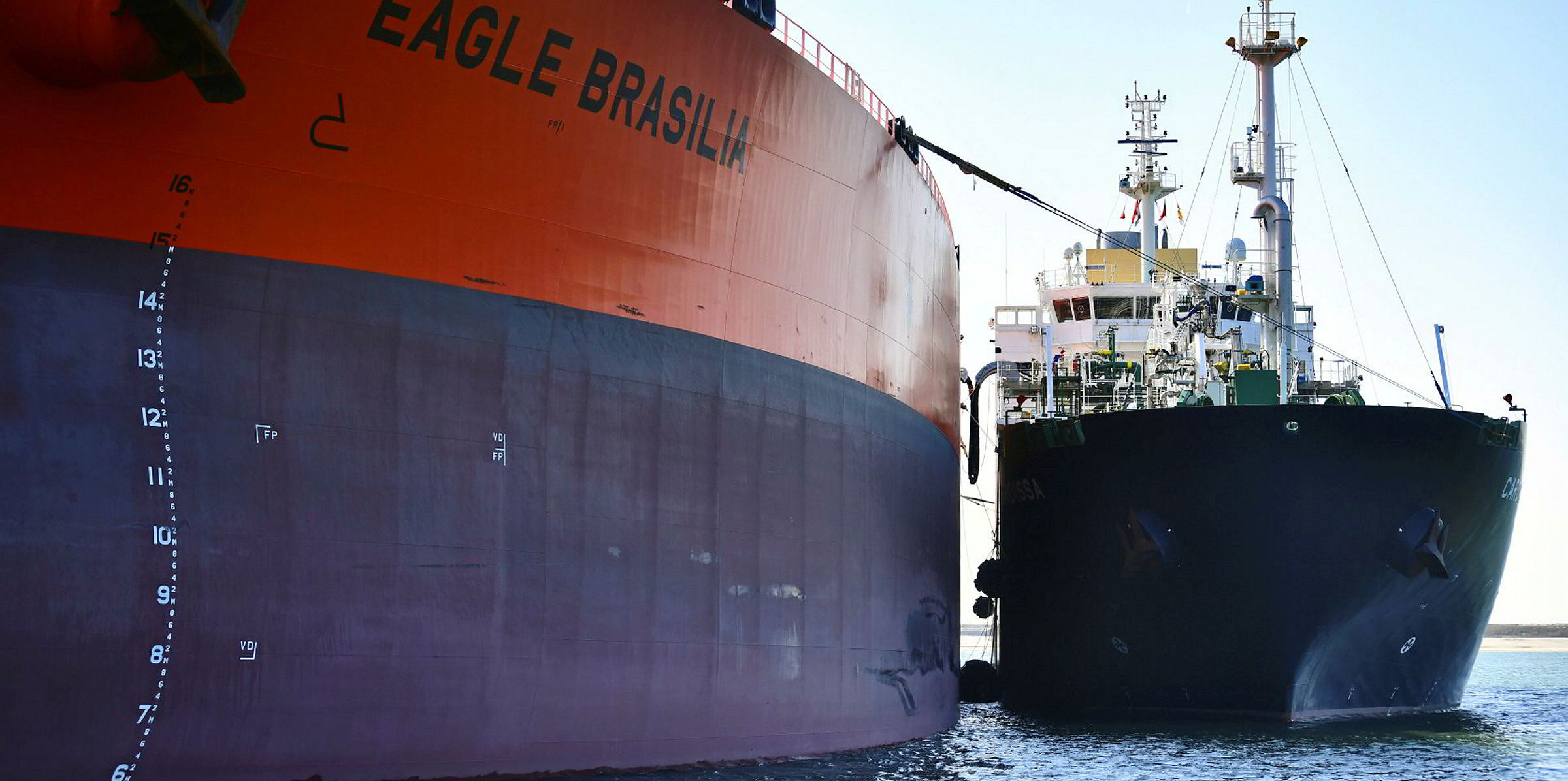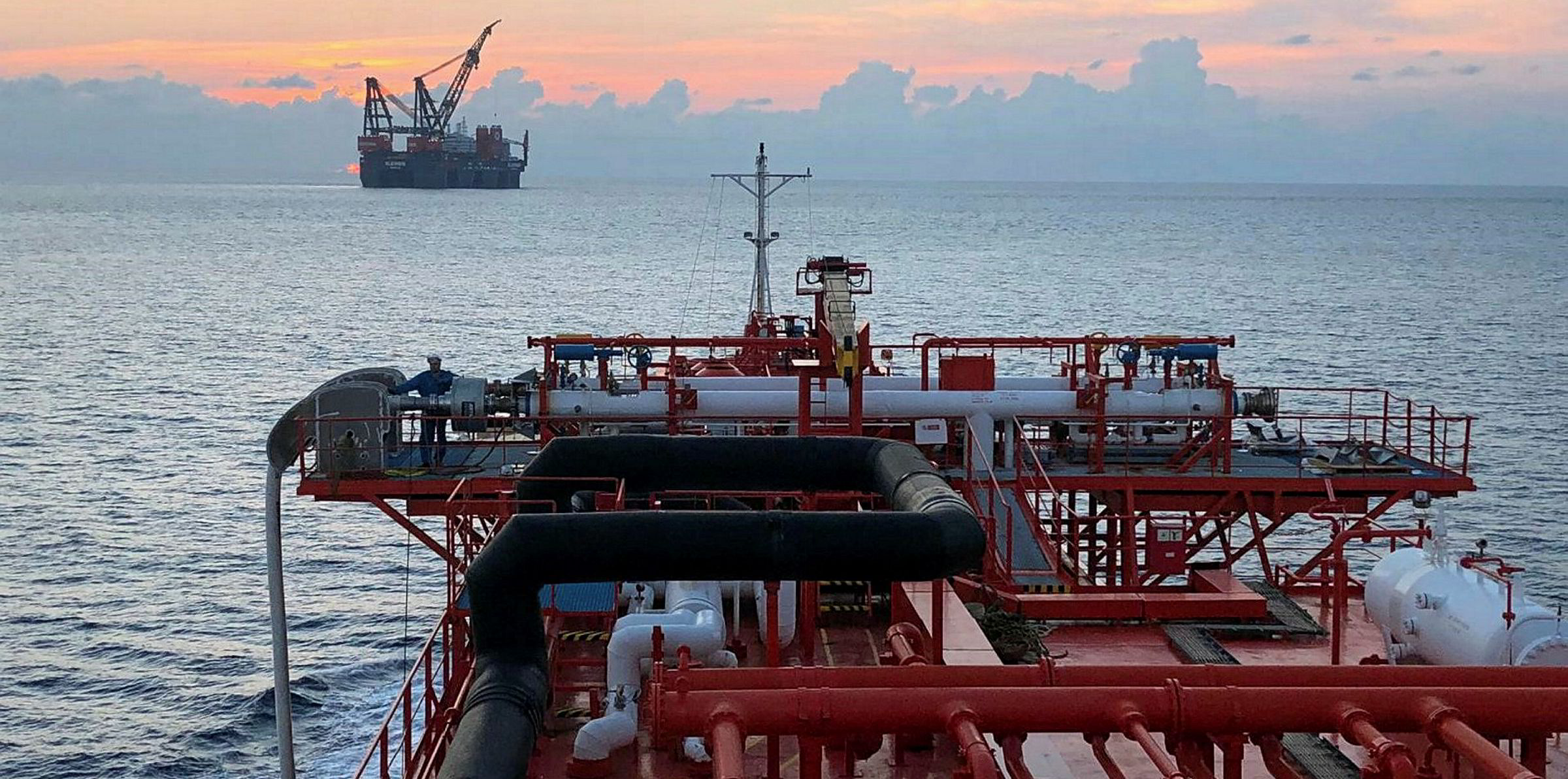Shell estimates that over 40% of the capital expenditure (capex) on an LNG-fuelled VLCC newbuilding can be cut.
Stephen Brown, Shell's manager for innovation, technology and decarbonisation, said the challenge of capex uplift is a major blocker to companies choosing LNG as a fuel.
Presenting the results of a study at the Gastech Virtual Summit, Brown said Shell set out to look at a conventional VLCC with a range of 6,000 nautical miles (11,000 km) and 6,000 cbm of LNG fuel storage in type-C tanks.
He said the company started with an ambition to make between 25% and 50% capex reductions.
The company found it could save 22% through improvements to conventional plant and materials.
But it found it could boost these savings to 40%, cutting the extra capex of a VLCC newbuilding from $13m to $7.6m.
Breakdown
Brown broke some of the savings, and costs, down.
Through discussions with engine manufacturers he said the company was able to remove $1.8m by standardising equipment.
He said $3.5m could be saved by returning the auxiliary engines to run on marine gasoil.
The company spent $1m on the introduction of a shaft power generator in connection with this.
Brown added that Shell had also looked at the use of a single bunker tank instead of two, which would introduce savings.
The company introduced a boil-off gas (BOG) compressor, which cost $400,000 but helped manage the BOG and reduce tank spend.
He said the use of high-manganese steel for the bunker tanks helped cut $1.2m.
Brown added that high-manganese steel had been shown to be 40% cheaper than cryogenic stainless steel and he expects these costs will come down further as shipbuilders become more familiar with this material.
Further discussions needed
“These savings won’t be realised tomorrow,” Brown said, adding that further discussions would be needed with yards and owners.
He said Shell is going to continue its focus on capex.
The company will look at savings that can be made by using LNG as the only on-board fuel, removing other equipment and optimising the engine design for this.
Shell will also examine newbuilding LNG fuel system commissioning and methane emissions.
Brown said Shell is looking at carbon-capture technology and using LNG’s cold properties to liquefy CO2 — something he described as “maybe a match made in heaven”.
The major is also considering how fuel-cell technology can be developed using LNG.
“Our view is that LNG is very much part of the decarbonisation journey,” Brown said.







